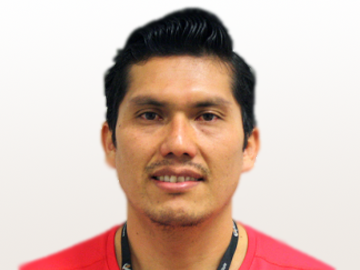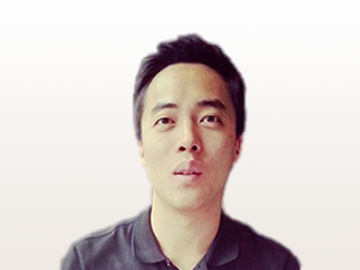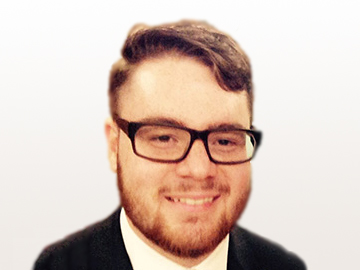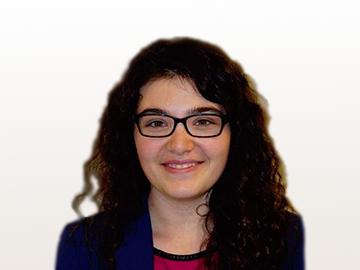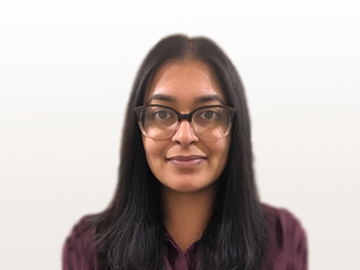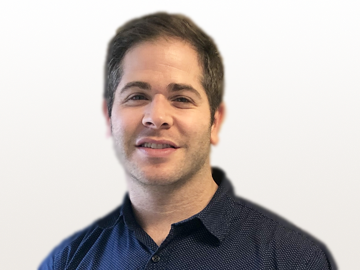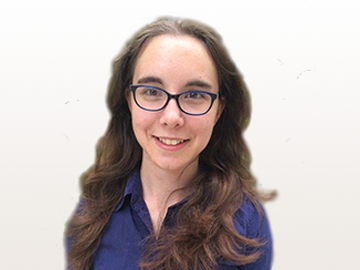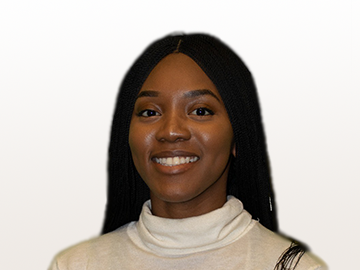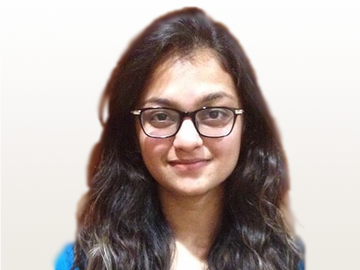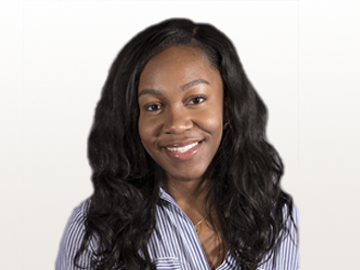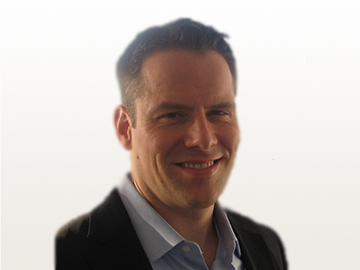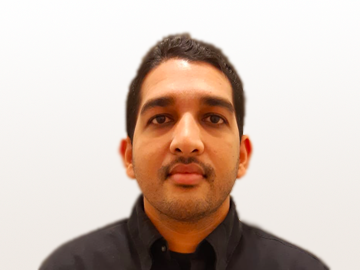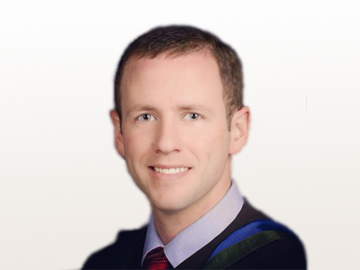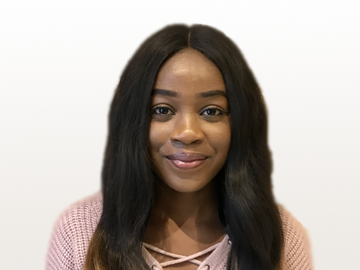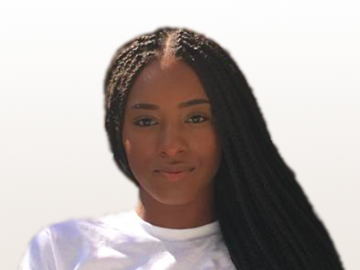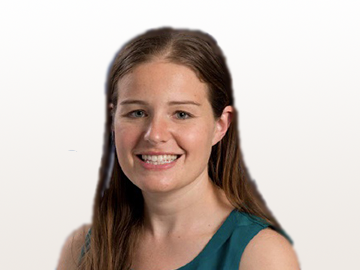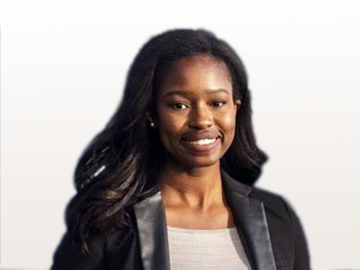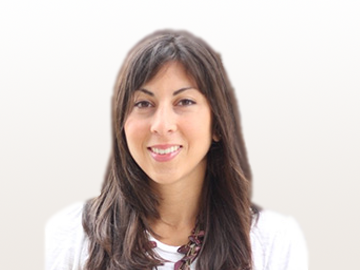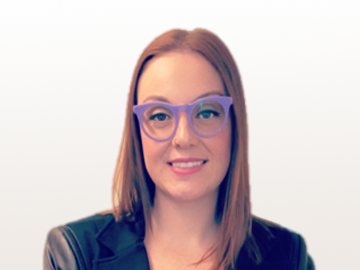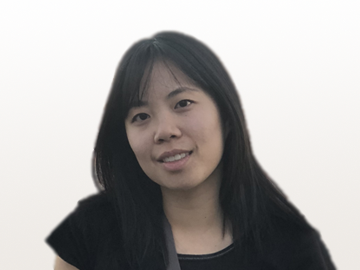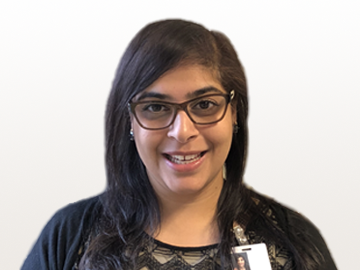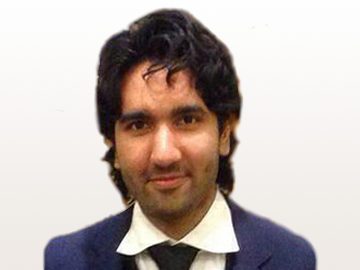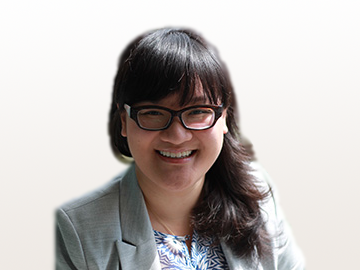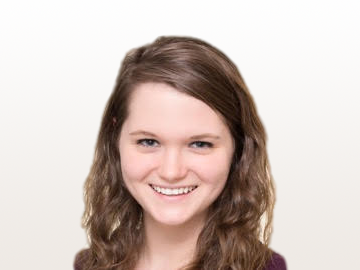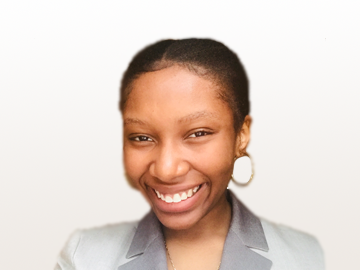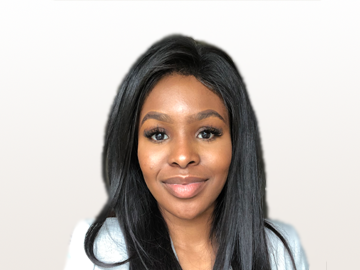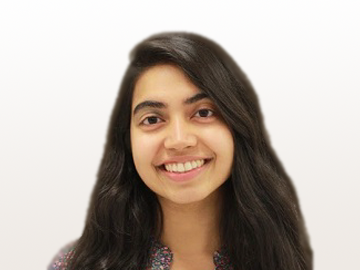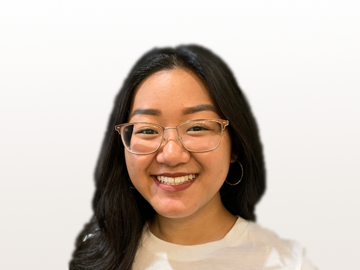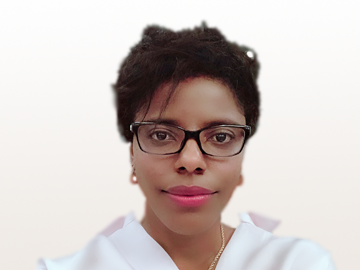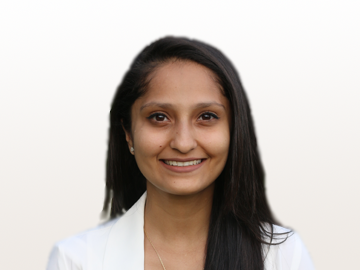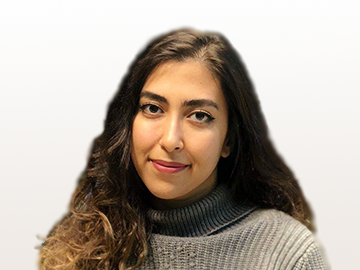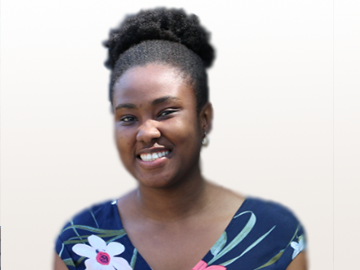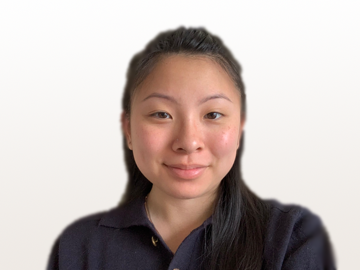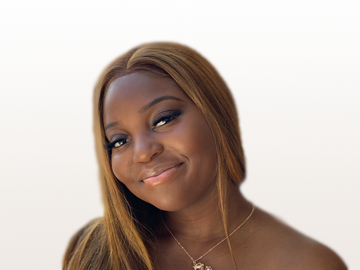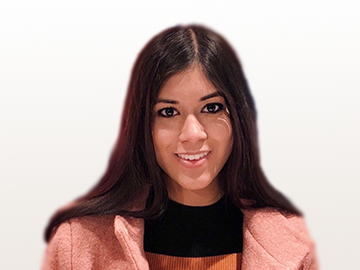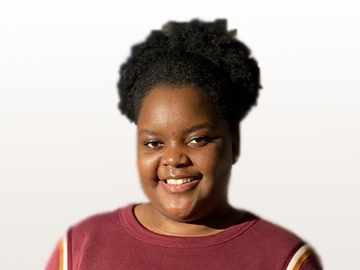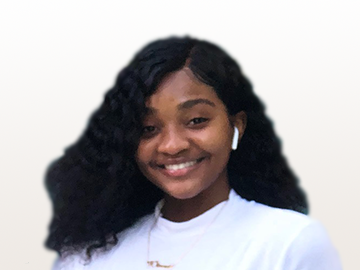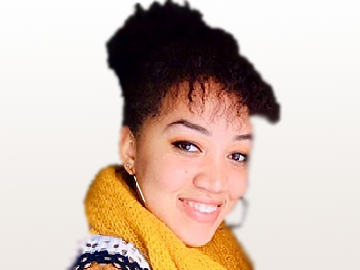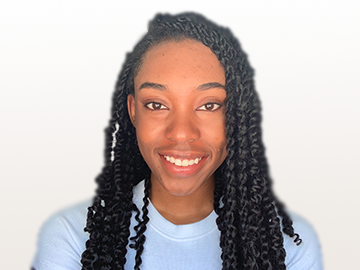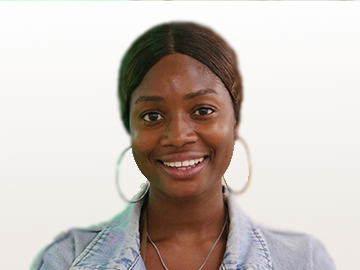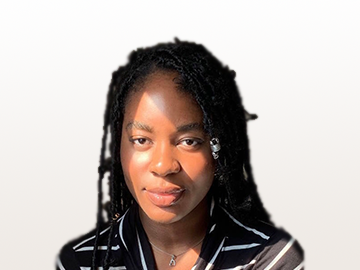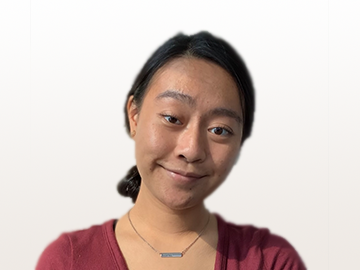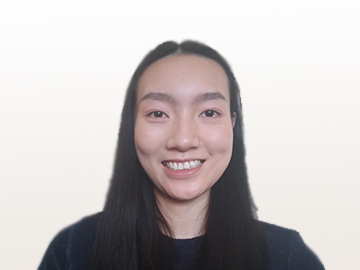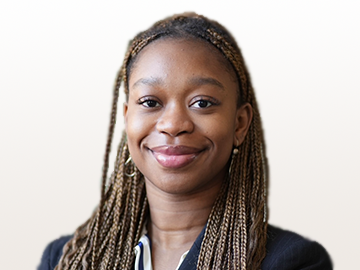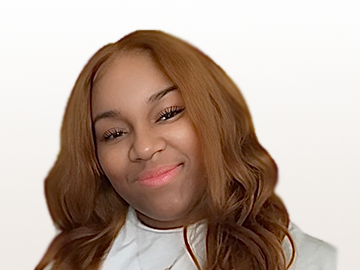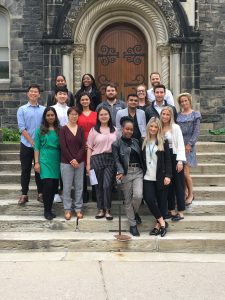 The other day I had the privilege of being interviewed by a member of the University of Toronto Faculty of Medicine’s media team regarding the inspiration behind my involvement with the Community of Support, an initiative that assists students who belong to groups historically under-represented in science and medicine.
The other day I had the privilege of being interviewed by a member of the University of Toronto Faculty of Medicine’s media team regarding the inspiration behind my involvement with the Community of Support, an initiative that assists students who belong to groups historically under-represented in science and medicine.
Before getting into the real content of this post, I will preface with a bit of an aside. In a great stroke of luck for which I am particularly thankful, the Faculty of Medicine actually employs professionals to turn the word salad that we academics produce into something halfway intelligible. On the day of my interview, I was running clinic and had already bumped the scheduled time thrice to accommodate the clunking, lumbering, busted machine that is provision of outpatient medicine. By the time we sat down to chat, the phenomenal and patient Gabrielle Giroday was faced with a clearly lobotomized, catabolic, involuntarily fasting, hypovolemic raisin ignoring the alarming escalation of its intravesicular p.s.i. Even if one could theoretically tear oneself away from the cavernous need embodied by a clinic list and locate a lavatory in which to liberate the contents of one’s bladder, it is near-guaranteed that said lavatory will be occupied in perpetuity by someone else. So, like every other doctor, I suck it up and work through the situational hydronephrosis. On days like that, I am starkly reminded that not only is the pen mightier than the sword, it is often mightier than the larynx. At least mine, anyway. Rule #4 on my top 10 list of advice to trainees on becoming a clinician scientist is to “write, and write a lot” (1). So here we go!! Buckle up for @BoggildLab unscripted! As with all of my blog posts, the views espoused are mine alone and should be construed as neither shared nor endorsed by any organization with which I have an affiliation.
As my readership knows well from prior posts, I am a vocal proponent of institutional approaches that aim to diversify the sciences to better reflect the broader communities that we serve. Rule #3 of life as a clinician scientist is to “incorporate a diversity and inclusion mindset into everything that you do” (1). Why is this important to me? Almost everything in life can be tied directly or indirectly to perspective, and I have many. Some of my perspective is naturally gendered by role: mother, daughter, sister, aunt. Some is artificially so: scientist, academic, doctor, leader. Some of my labels are congenital, inert, environmental, and, on balance, subjectively benign (though privileged nonetheless): person, Canadian, Christian. Others are acquired and ascribed, evoking an occasionally visceral response in the labeller: WASP, vegan, feminist, bitch, fatalist. The tapestry of our roles and labels defines us, but how I see me is often not how you see me. There’s also a colossal difference between feeling like another and feeling like an other. My personal evolution towards an EDI-oriented mindset can be illuminated best through the lens of both a knowledge creator (e.g., mentor, scientist, physician) and knowledge user (e.g., institutional member, patient, citizen, consumer).
Choosing from which perspective to write first has been shockingly challenging, and I have sat here deliberating my strategy for a solid thirty minutes of which I have not a one to spare. One’s lived experience will naturally influence our behaviour and actions, but how can one use what has yet to be created? Classic chicken-and-egg scenario, but the clock is ticking so I will write first from that perspective which dominates much of my cortical activity lately: physician. Once one awakes to the notion that nepotism, insularity, affinity bias, sexism, and racism all inherently repudiate the principle of “do no harm” (primum non nocere), from the famous Hippocratic works “Of the Epidemics”, it becomes impossible to defend the organizational status quo to which many of us have become acculturated. Inured, really. And silence is complicity.
As stated in ‘Life as a Clinician Scientist’ rule #3: “If the people you are leading and mentoring look, speak, think, and behave exactly like you, put some cognitive energy into figuring out why that might be, identify the barriers to heterogeneity in your immediate orbit of influence, and do something about it” (1). Who are the beneficiaries of such an approach? Well, we know that diverse organizations have superior performance metrics – particularly around creativity, innovation, critical and strategic thinking, and now also fiscal success – compared to those more homogeneous and monochrome (2). “Diversity of minds, ideas, and approaches…….allows teams to find a solution that takes into account multiple angles of the problem, thus making the solution stronger, well rounded and optimized” (3). Can the same be said for communities and individuals who are cared for by health care teams reflecting population diversity? A body of literature is certainly amassing in that direction (4). Regarding the expanding role of women in healthcare, the Canadian Medical Association had this to say: “The increase in the number of women physicians has had marked effects on medical practice and culture, quality of care and the organization of the health care system, resulting in benefits for patients, learners and the system” {emphasis mine} (4, 5). How about the influence of physician race on individual patient health outcomes? Compelling data are emerging from the US, where Black physicians are severely under-represented: despite that 13% of Americans are Black, only 4% of physicians are so identified (6). In a study out of Oakland, California (7), 702 Black male patients were assigned to care from either a Black or white/Asian physician. Outcomes assessed included acceptance by the patient of screening interventions for chronic diseases like type 2 diabetes, and markers of heart disease risk like cholesterol. The findings were telling: while almost two-thirds of patients cared for by a Black physician agreed to diabetes screening, only two out of five assigned to a white or Asian MD consented, leading to a 20% screening gap for diabetes (6, 7). The same pattern was observed for consent to cholesterol screening: almost two-thirds of those being cared for by a Black MD agreed, while only 36% of those in the other care group consented, leading to a 25% screening gap for one of the most commonly used markers of heart disease (6, 7). If you didn’t think that we’ve been in no-brainer territory on this for some time now due to moral imperative alone, what could possibly justify the continued subversion of efforts to fully harness our collective potential and enable our physician workforce to maximally reflect society in the face of scientific evidence for the health benefits of doing so? I was sold on the value a long time ago, and I get it – patience is a virtue – but evolution is slow and occasionally misguided. How else do you explain the cockroach? The time for seismic shift has come and gone, but 2020 is right around the corner, and with a new year comes a new opportunity to squander no longer. Writing as a physician, scientist, and mentor, healthcare has waited far too long already.
What about my perspective as a participant in society? Unlike a truly staggering and unacceptably heartbreaking number, I am never “othered” by the colour of my skin (save for that one time in Lima when I was ejected from the preggo fast-lane at the local [read not-for-gringos] grocery store despite being conspicuously deep into the second trimester of pregnancy). In fairness, they may have assumed that I – white tourist in a coastal country – was simply absconding with a giant beachball…….. Anyhow, I enter many a boardroom or meeting as some kind of ‘other’, but the trait that most commonly sets me apart from everyone else is my philosophical veganism. There is no scene more feared by people like me than the professional dinner table occupied by usually white usually senior usually English-speaking academics inquiring around our selection of plants over animals from the menu. Under such circumstances I will typically proffer some tame verbiage tangentially related to health and the environment, explanations that are quickly interrupted by an incredulous “You mean you’re vegan!?!”, which is equally quickly followed by unveiled expressions of tolerance fatigue. Cue eye roll. Major eye roll. My very existence exasperates, tries the patience, really tests the limits here. The tyranny of my lifestyle choice weighs on the mood like a sodden woollen blanket straight from the Hebrides in February. As in: ‘Here we go again, another scrawny, hairy-legged, granola-crunching, privileged white-wannabe-dreadlocked, militant evangelist’ (8), a sweeping generalization dutifully reinforced when I send the plants I ordered back due to a cheese infraction. Senior white academic then predictably shakes its head, declaring “You mean you don’t eat cheese!?! It probably tastes better with cheese!! You’re such a troublemaker!” Never are these helpful observations uttered in a whisper-voice, allow me to assure; sonic boom is more accurate. But can’t they see that those vegan stereotypes don’t apply to me???? My hairdresser charges me three-hundred dollars every six weeks, for heaven’s sake! I have never owned Doc Martens! I take epilation very seriously – just ask my nociceptors!! Granola is all carbs! The trouble with being an ‘other’ is that you can’t bleat your way out of that box into which you’ve been painted. Ever. There’s no point trying. To try is to be ‘difficult’, ‘argumentative’, ‘toxic’ even. So you just sit there – enduring, smiling, disengaging, begging for time to tick by faster….. By the time your sad, cheese-less entree arrives, everyone else is well into coffee and a dessert the size of a rabbit. Better yet, are you likely to be invited back? No. No you are not. As Dr. Kuheli Dutt wrote in her outstanding Scientific American article (9), “in general, the less diverse or inclusive a field, the heavier the reliance on stereotypes and implicit biases towards underrepresented groups”. And so lies the crux of one problem in science and medicine: heavy reliance on stereotypes and implicit biases. I could say it again for those in the back, but how about you just do me a solid and reread that sentence?
I work hard to see others because I know what it feels like to be unseen (owing to much more than philosophical veganism). I know what it feels like to be irrelevant. Voiceless. Benevolently tolerated. Note to any leaders of academic medicine who might be reading this: intentionally absent from my top 10 list of advice on life as a clinician scientist is “talk, and talk a lot”. And its reciprocal. Writing flattens the hierarchy that emerges repeatedly in oral conversations, which – in the absence of things like forced mediation, an “air time” bell, Anderson Cooper, wild animal muzzles, and other such lateralizing interventions – end up being dominated by the loudest (read white and/or male) voices at the table. It is terribly difficult to interrupt the written word once it is placed on paper.
Anyway, I hope you like the short Faculty of Medicine piece when it comes out. Being interviewed for it reminds me of my eight-year-old son’s “kindness journal”, which he brought home from school a couple of weeks ago. In it, classmates had written observations of kindness and one of his entries was: “I saw {Andrea’s son} stand up for a friend”. It was a very proud moment for me as an EDI advocate, the work of which can be so simply encapsulated. Leaning as hard as I can on the fulcrum to tip the scales of equity is just my way of standing up for a friend. To all the others out there, I am you, I see you, and I will fight for you; that there are personal costs (10) to such a stance reinforce its necessity. I am a Libra, after all. Congenital or acquired, I come by this mindset honestly (11).
References
- Boggild AK. Advice to trainees on be(com)ing a clinician scientist (CS). Available at: https://www.boggildlab.ca/2019/02/23/advice-to-trainees-on-becoming-a-clinician-scientist-cs/
- Gompers P, Kovvali S. The other diversity dividend. Available at: https://hbr.org/2018/07/the-other-diversity-dividend
- Powers A. A study finds that diverse companies produce 19% more revenue. Available at: https://www.forbes.com/sites/annapowers/2018/06/27/a-study-finds-that-diverse-companies-produce-19-more-revenue/#16a0684d506f
- Canadian Medical Association. Addressing gender equity and diversity in Canada’s medical profession: A review. Available at: https://www.cma.ca/sites/default/files/pdf/Ethics/report-2018-equity-diversity-medicine-e.pdf
- Biringer A, Carroll JC. What does the feminization of family medicine mean? CMAJ 2012;184(15):1752. Available at: https://www.cmaj.ca/content/184/15/1752
- Kolata G. The Secret to Keeping Black Men Healthy? Maybe Black Doctors. Available at: https://www.nytimes.com/2018/08/20/health/black-men-doctors.html
- Alsan M, Garrick O, Graziani G. Does Diversity Matter for Health? Experimental Evidence from Oakland. Am Economic Rev 2019;109(12):4071-4111. Available at: https://www.aeaweb.org/articles?id=10.1257/aer.20181446
- McLaren L. Quit your preaching and eat something already. Available at: https://www.theglobeandmail.com/life/quit-your-preaching-and-eat-something-already/article724805/
- Dutt K. How implicit bias and lack of diversity undermine science. Available at: https://blogs.scientificamerican.com/voices/how-implicit-bias-and-lack-of-diversity-undermine-science/
- Johnson SK, Hekman DR. Women and minorities are penalized for promoting diversity. Available at: https://hbr.org/2016/03/women-and-minorities-are-penalized-for-promoting-diversity
- 21 secrets of the Libra personality. Available at: https://zodiacfire.com/libra-personality/
